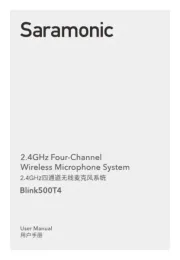AKG C417 Manual
Læs gratis den danske manual til AKG C417 (68 sider) i kategorien Mikrofon. Denne vejledning er vurderet som hjælpsom af 9 personer og har en gennemsnitlig bedømmelse på 4.9 stjerner ud af 5 anmeldelser.
Har du et spørgsmål om AKG C417, eller vil du spørge andre brugere om produktet?

Produkt Specifikationer
| Mærke: | AKG |
| Kategori: | Mikrofon |
| Model: | C417 |
Har du brug for hjælp?
Hvis du har brug for hjælp til AKG C417 stil et spørgsmål nedenfor, og andre brugere vil svare dig
Mikrofon AKG Manualer

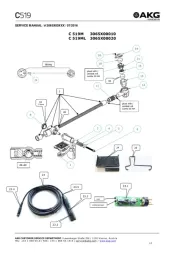
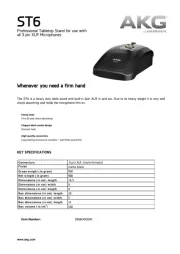
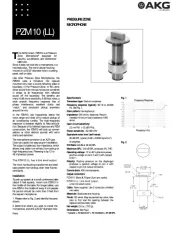
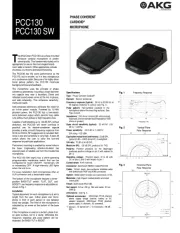
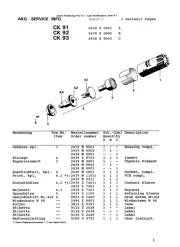

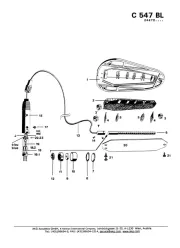
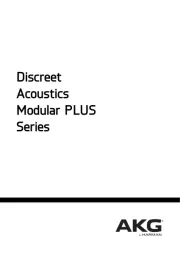

Mikrofon Manualer
- Plantronics
- DPA
- Antelope Audio
- Blue Microphones
- Line 6
- Canon
- Schertler
- Xvive
- Numark
- Hohner
- Microtech Gefell
- JLab
- Phonic
- Ibiza Sound
- Tonor
Nyeste Mikrofon Manualer





